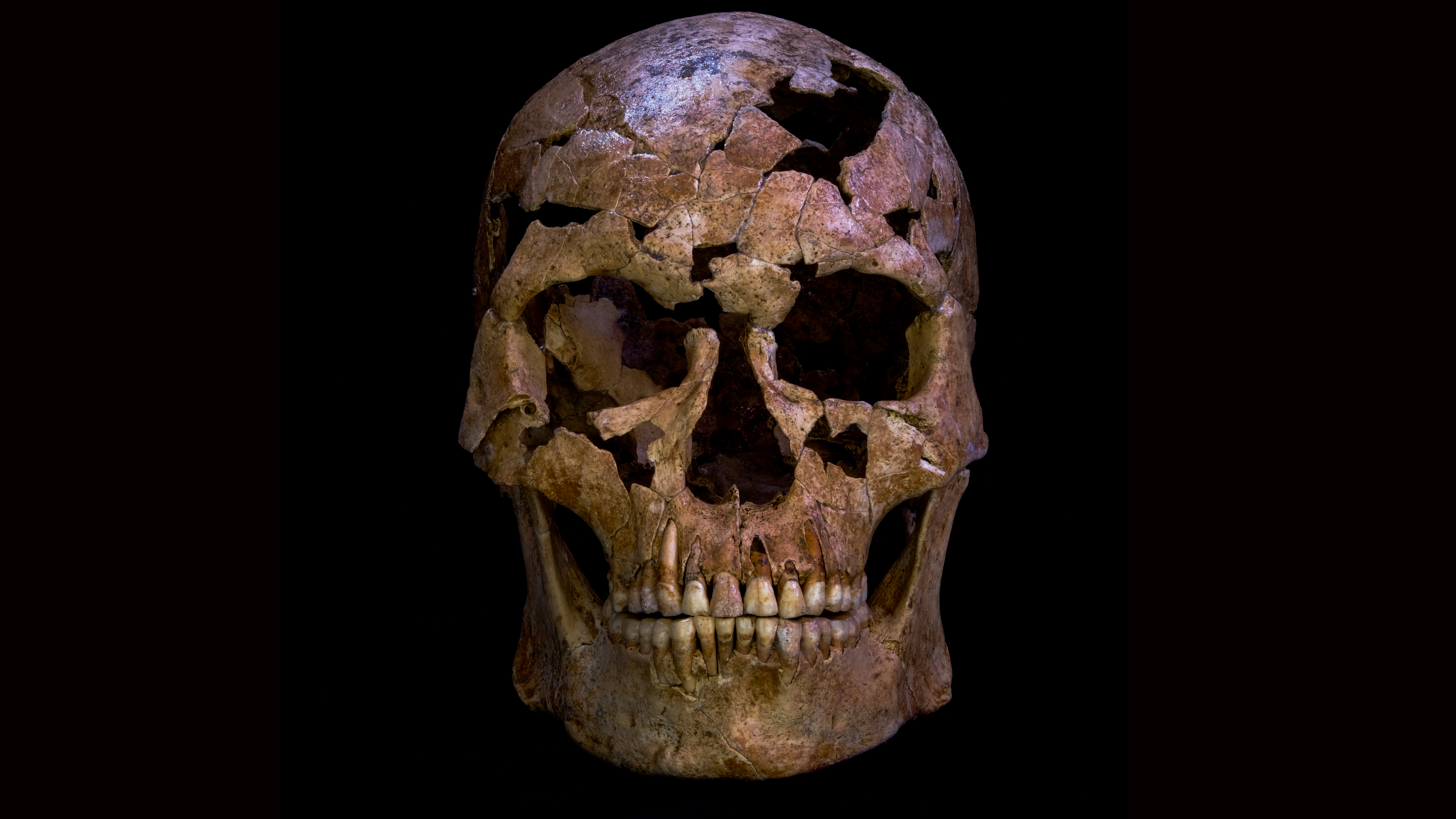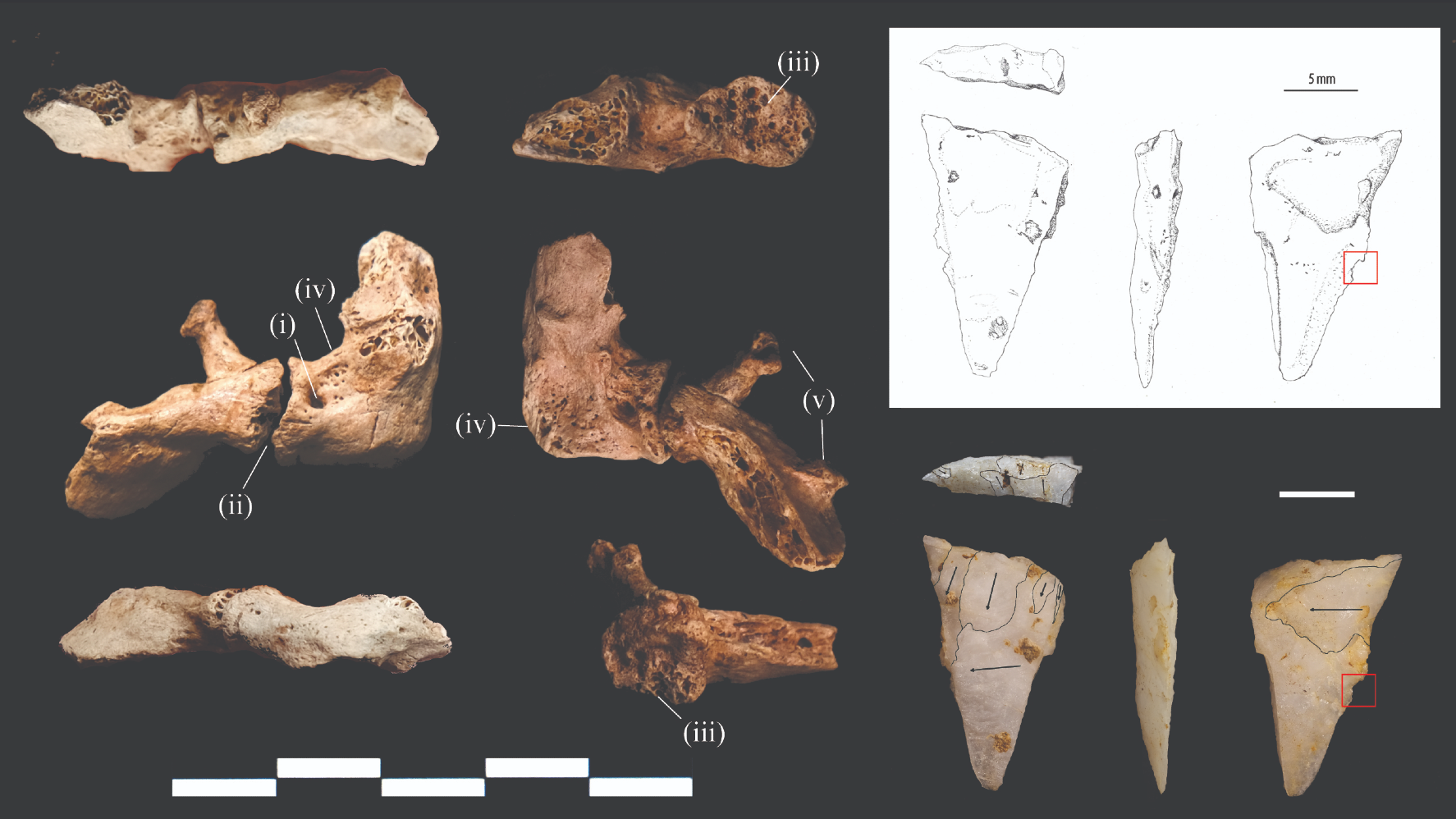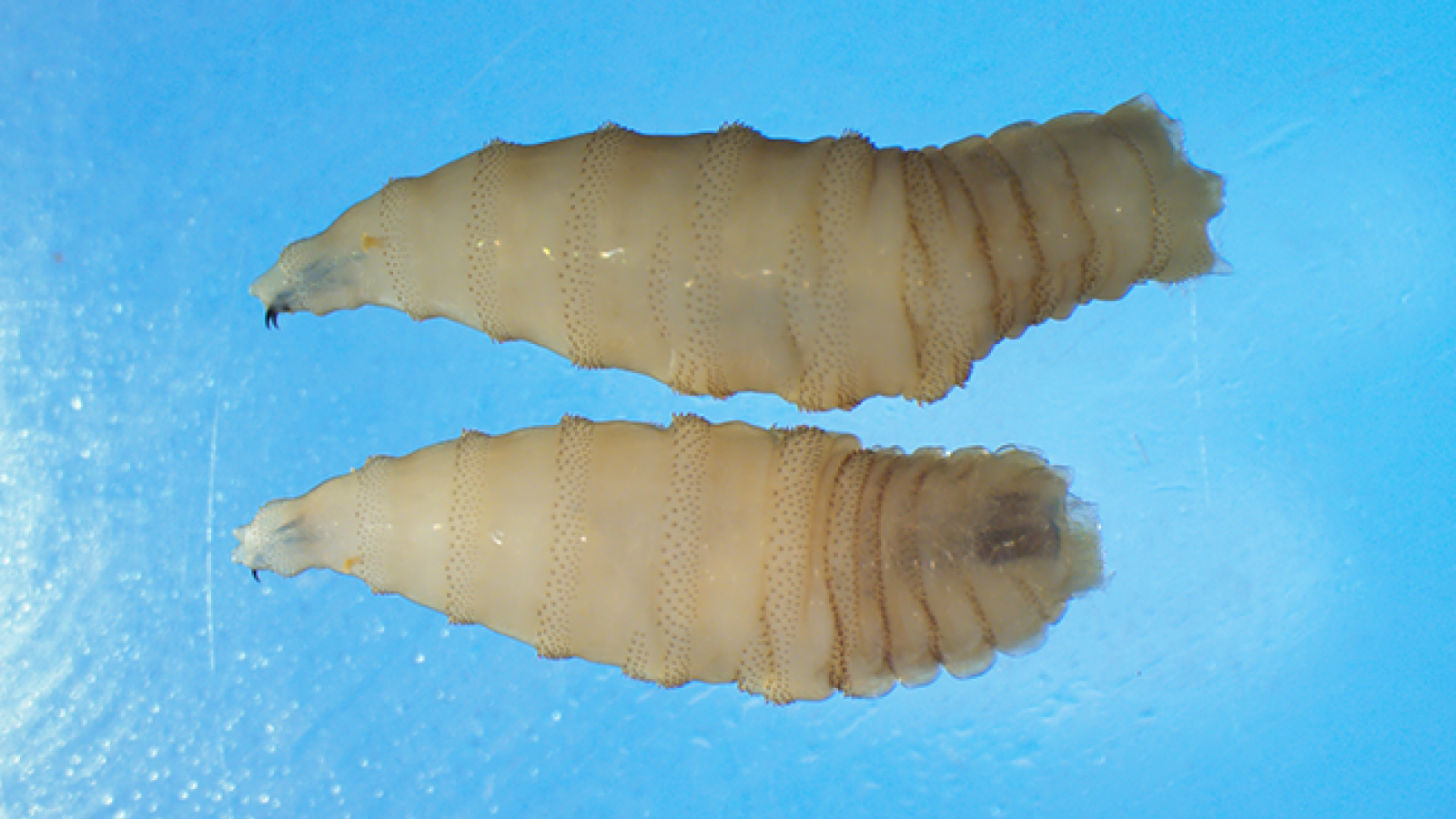An exotic quartz arrow may have killed a man 12,000 years ago in Vietnam
A man who died 12,000 years ago in Vietnam had a "bonus" rib — and it was broken when he was shot by an exotic arrow.

Around 12,000 years ago, a man was shot by an arrow with an exotic stone tip in what is now Vietnam. He survived the initial injury but likely succumbed to infection, a new analysis of his remains suggests.
The man's well-preserved skeleton may be the earliest evidence of violence in Southeast Asia, the study authors claim, although some researchers say more evidence is needed to make that conclusion.
In a study published Wednesday (Aug. 27) in the journal Proceedings of the Royal Society B: Biological Sciences, the researchers detailed their analysis of the man's skeleton, dubbed TBH1. The man was about 35 years old when he died at least 12,000 years ago, during the late Pleistocene epoch (126,000 to 11,700 years ago).
The skeleton was originally excavated in 2018 from Thung Binh 1, a cave in the Tràng An Landscape Complex in north Vietnam. He had been buried in the fetal position, with his face resting on his hands.
Although the skull of TBH1 had been crushed, researchers were able to reconstruct his cranium and jaws. A first look suggested that, other than having a minor ankle injury, the man was in good health when he died.
But a more thorough analysis of the man's skeleton revealed an anatomical anomaly: an additional rib. Whereas most people have 24 ribs, between 0.2% and 1% of people have an extra one, called a supernumerary rib, the researchers wrote in the study. This man's extra rib was near his neck. Notably, TBH1's "bonus" rib was fractured, and it showed signs of infection; specifically, a gap in the bone where pus would have drained.
"TBH1 lived for several months after the injury occurred," the researchers wrote in the study. "Without effective treatment" of the fracture, though, "this is likely to have led to bacterial and other forms of infection," they wrote, leading to death from infection within weeks or months after his injury.
Get the world’s most fascinating discoveries delivered straight to your inbox.
Related: Ancient jawbone dredged off Taiwan seafloor belongs to mysterious Denisovan, study finds

Near the infected extra rib, the researchers discovered a small, triangular quartz flake they described as a "micropoint." The point, which measured around 0.72 inches (18 millimeters) long, had evidence of notching. This suggests the point was used as a barb on a projectile, such as a dart or an arrow, study co-author Christopher Stimpson, a zooarchaeologist at the Natural History Museum in London, told Live Science in an email.
"The point is especially intriguing," study co-author Benjamin Utting, an archaeologist at the Smithsonian National Museum of Natural History, said in the statement. "It doesn't match any other stone tools from Thung Bunh 1 or nearby sites, raising questions about who made it and where it came from."
The combination of the micropoint near TBH1's neck, the man's infected rib, and the exotic nature of the quartz suggests the man may have been a victim of interpersonal violence, the researchers wrote. This would extend the evidence of violence between hunter-gatherer groups in east Asia back several millennia.
"This is an exciting new report from a time and place in which we have very few well-preserved skeletons to study," Michael Rivera, a bioarchaeologist at the University of Hong Kong who was not involved in the study, told Live Science in an email. "This quartz projectile could have been the culprit leading to an infected rib, but whether or not this was an act of violence or an accidental injury is difficult to assess, in my opinion."
TBH1 was likely cared for by his community, Rivera said, since the man survived his initial injury and was buried carefully in the cave.
Although TBH1 is a unique burial, Stimpson said, "the hill and its caves do seem to have had a longstanding role as a place of burial, as evidenced by the later archaeology" at the site.
Stone Age quiz: What do you know about the Paleolithic, Mesolithic and Neolithic?

Kristina Killgrove is a staff writer at Live Science with a focus on archaeology and paleoanthropology news. Her articles have also appeared in venues such as Forbes, Smithsonian, and Mental Floss. Kristina holds a Ph.D. in biological anthropology and an M.A. in classical archaeology from the University of North Carolina, as well as a B.A. in Latin from the University of Virginia, and she was formerly a university professor and researcher. She has received awards from the Society for American Archaeology and the American Anthropological Association for her science writing.
You must confirm your public display name before commenting
Please logout and then login again, you will then be prompted to enter your display name.
